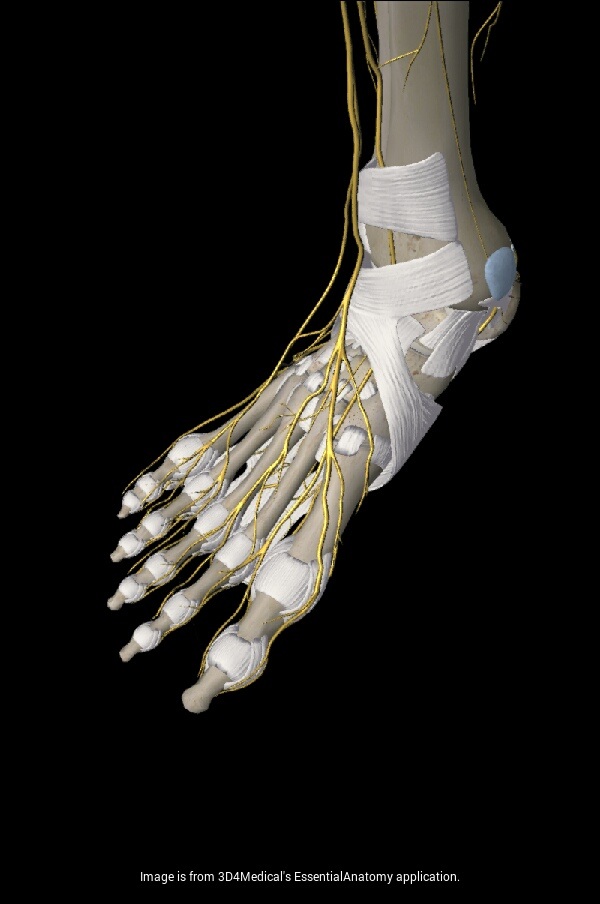General Information:
A cyclist foot is exposed to a tremendous amount of load and repetition during a bike ride. Because of this it is very important to insure that both feet are well supported and aligned in a neutral position. Most people don’t give their foot/shoe/pedal interface much thought until they start to experience pain or discomfort. This pain or discomfort can be at the feet, knees, hips, lower back, etc.

Because a typical cyclist will average over 5000 pedal strokes per hour, it is very important that they take the time to ensure proper support and alignment of their feet. When the feet are correctly supported and aligned, the knees tend to track more naturally reducing the possibility of injury. Foot support and alignment are typically addressed by the following:
- Correct cleat positioning (fore/aft, rotation, and stance width)
- Cant Wedges positioned between the pedal cleat and shoe (sometimes inside the shoe)
- Supportive footbed/orthotic with correct amount of arch support and possible metatarsal bump
Athough Cant Wedges and footbeds can be used alone to make improvements, typically the best results occur when they are used in conjunction.








